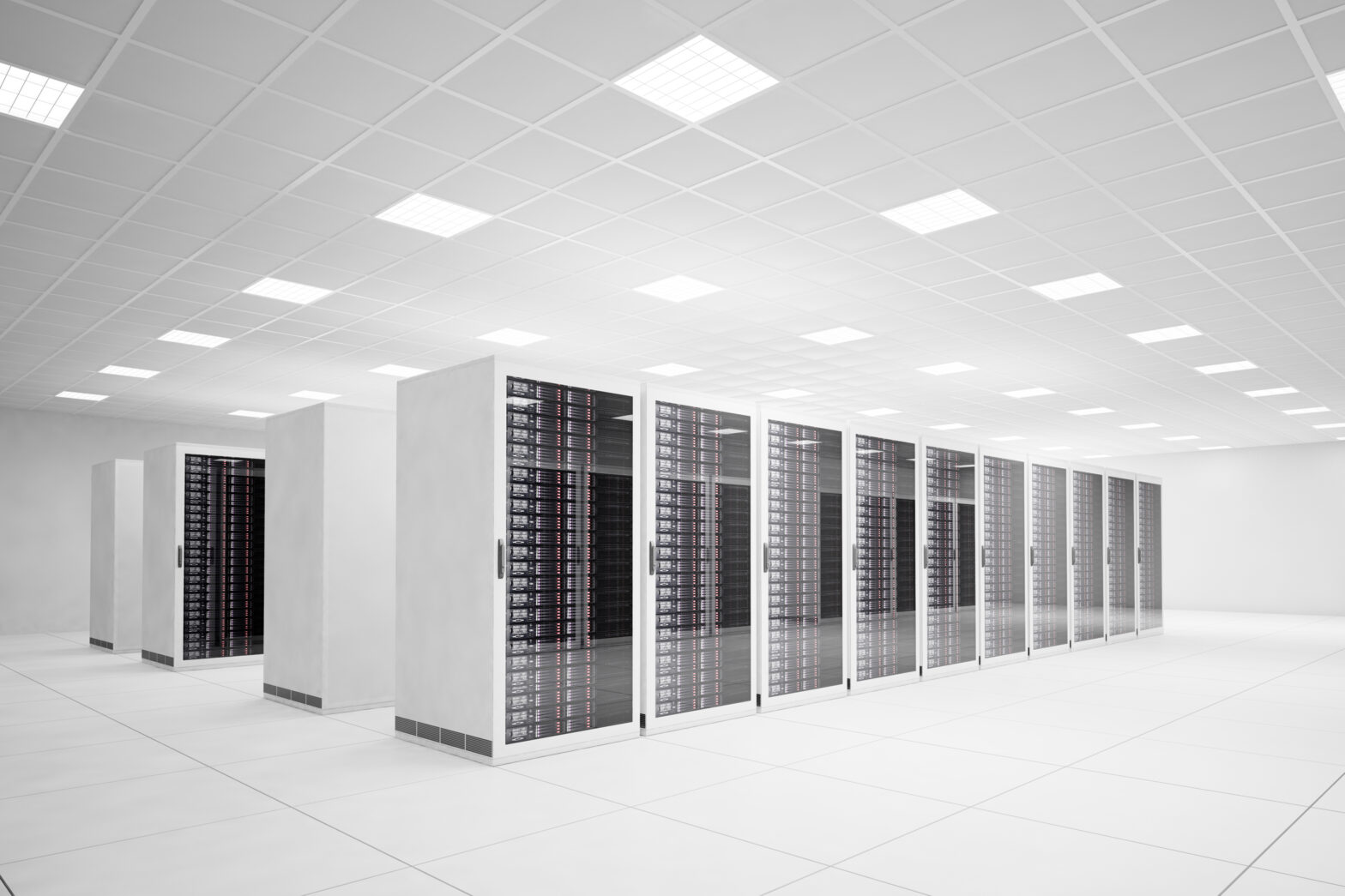The way data is stored, managed and processed will play a critical role in the success of organisations today and this is reflected in the growing trend to move away from on-premise server rooms to scalable, cost effective data centres off-site.
Whether a business is thinking of making the first move off-site, or changing its data centre provider due to a change in requirements or in an effort to save costs, here are five key events that indicate it’s time for a review.
1. Coming up for a hardware refresh
It’s typically recommended that businesses refresh hardware every three – five years. In that time, your organisation will have most likely changed its existing hardware requirements. This could be the need to scale up with the introduction of new technologies (more on this below), new applications and workloads. But also, the need to scale down.
>See also: What does 2017 have in store for the data centre industry?
Coming to the end of this cycle is not just a chance to shop around for a better deal, but also an opportunity to reflect on your utilisation levels as a whole and incorporate your company’s growth into your data storage plans.
Perhaps a business coming close to maximum utilisation of its data centre set up and needs to move somewhere that gives it space for growth? Or maybe a business hasn’t looked at utilisation in a while and finds it’s cheaper to move off site as it begins to host more services in the cloud.
In any case, utilising a colocation data centre, where you can scale up or down with ease, can be more cost-effective than dedicating valuable floor space (usually in expensive metropolitan offices) for your own data centre on premises.
2. Regulatory compliance
As new regulations such as the European Union’s General Data Protection Regulation (GDPR) come into effect this year, organisations will be placed under extra scrutiny to make sure you have a watertight data centre strategy. But a lot of the conversation around GDPR has mainly been focused on data governance, storage and retention, and less on the physical security of data (which also falls under the new requirements).
>See also: Challenges and opportunities facing data centres in the enterprise today
Changing your current data storage set-up to comply with these new security regulations can be extremely expensive and with large fines for those that don’t follow these new rules, it’s crucial you review your current set up to check whether it is compliant, or change to a data centre which is.
3. Rising costs
The cost of storing and maintaining data on-premise is rising. This is mainly due to the growing cost of power and cooling that on-premise data centres consume, particularly as data processing continues to increase.
With colocation, businesses don’t need to worry about hiring data centre specialists, powering services, cooling requirements, or managing security.
4. New computing requirements
As more companies are crunching large amounts of data, more intense computing capabilities are required. We already see new data centre technology in the form of high-performance computing (HPC), which allows for greater optimisation of your data centre rack, and initiatives such as the open compute project (OCP), whose mission it is to design and enable the delivery of more efficient server, storage and data centre hardware designs.
>See also: Fortune telling: what’s in store for the data centre in 2017
These new technologies are great ways of achieving increased business and IT efficiencies and should be considered when looking at alternative data centre providers. Make sure to look for data centre which has been truly designed to accommodate these new technology, take particular attention to the power requirement and the cooling system, making sure that there are no hidden costs for extra cooling.
5. Redundancy
The threats of power outages and system failures on-premise – particularly if businesses have a server environment onsite in a non-purpose-built space – means that having data backed up at an offsite location is essential.
Upgrading to a colocation data centre provider with several layers of redundancy in their set up (such as backup power generators, uninterrupted power supply, etc.) designed to step in and continue running IT resources should they fail, ensures data and applications remain constantly available.
A modern data centre is essential for the new digital economy. But moving to a new data centre is not something that is done lightly. It needs to be done at the right time and for the right reasons. By partnering with a data centre that utilises cutting edge, cost effective technologies businesses can gain the competitive advantage needed in this fast-paced new age.
Sourced by Greg McCulloch, CEO, Aegis Data










